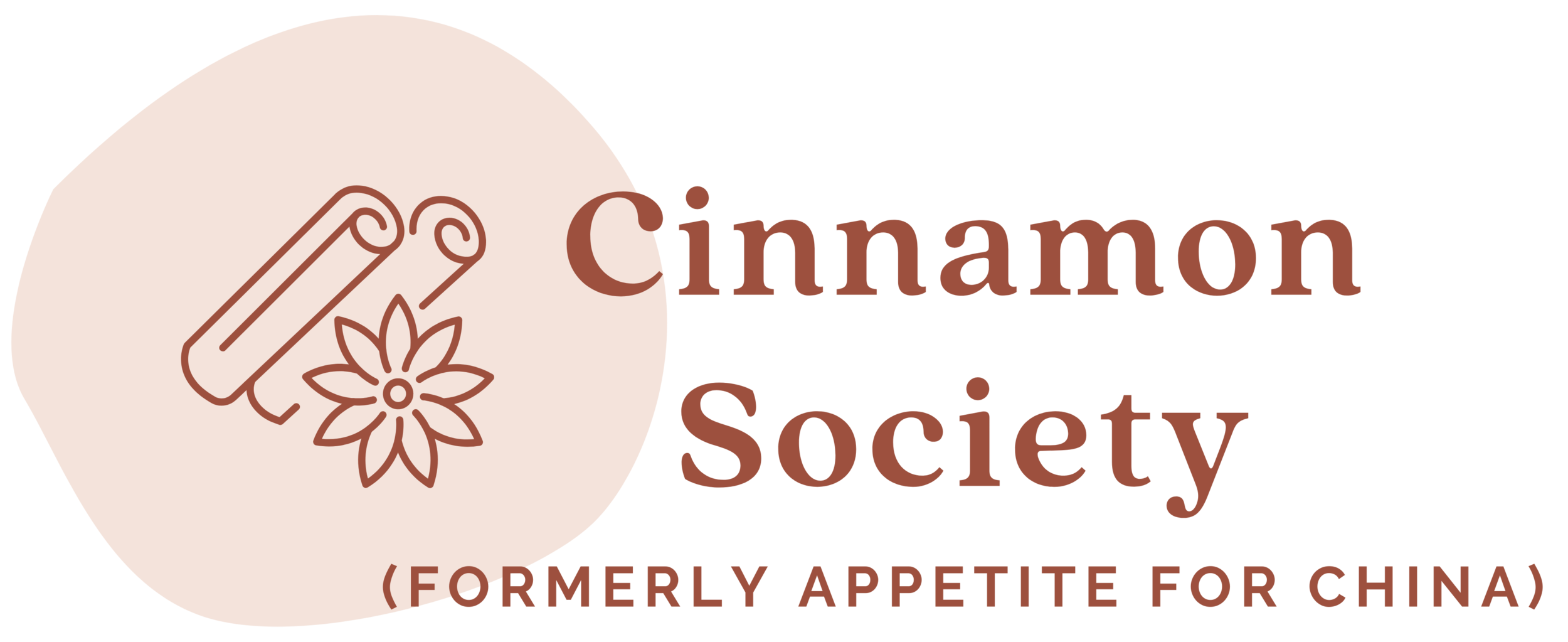Jiumen Xiaochi - Hutong Snacks Galore
 The story of Jiumen Xiaochi (九门小吃)begins like many other stories of snack sellers in modern Beijing. Menkuang Hutong was a street where families sold traditional snacks using recipes and and skills that got passed down for generations. The hutong demolished some years back, to make room for new developments.
The story of Jiumen Xiaochi (九门小吃)begins like many other stories of snack sellers in modern Beijing. Menkuang Hutong was a street where families sold traditional snacks using recipes and and skills that got passed down for generations. The hutong demolished some years back, to make room for new developments.
This story, though, has a happy ending. Eleven vendors got relocated to the new Jiumen Xiaochi, a collection of stalls now housed in a traditional courtyard. Some of these snacks, like bingtang hulu, can be found all over Beijing. Others, like flour tea, are a bit more unusual.

The restaurant is at the end of an meandering hutong off a larger road, not any place you would stumble upon. Jake and I made a lunch date and followed a map, walking 10 minutes or so from Jishuitan subway station. We bought a card from the reception desk (located in the dining area, not the entrance way), and ordered away.
Suanlamian, or sour and spicy noodles, was on display in its naked form. Instead of being doused with chilli sauce, the yellow and brown wheat noodles came with some peppers and cilantro on top, and a dish of chilli sauce on the side so you can adjust according to your spiciness threshold.
There was a stand that specialized in chao gede. The translation, "stir-fried flour lumps," may sound strange, until you realize that the "flour lumps" are just tiny fingertip-sized pasta, not unlike knife-cut noodles. They're first boiled, then stir-fried with edamame, cucumbers, scallions, and your choice of meat.

We also ordered a lot of deep-fried dishes, which make up a disproportionate amount of Beijing's snacks. Spring rolls with red bean paste. Squash rolls encompassed by a layer of fried flour. Fried milk.
The last one made Jacob was perplexed. "Have you ever heard of fried milk?" he asked. I told him about the fried milk I once ate at a banquet at Guangzhou's White Swan Hotel. They were perfectly round with a paper-thin shell that unleashed warm sweentened milk upon biting. (Trust me. Trying to describe this dish without inadvertent innuendos is very difficult.) It is the only dish from that elaborate, delicious banquet that I remember 9 years later in perfect clarity, because it was unusual and so darn good. Jiumen Xiaochi's fried milk was doughier, with a thicker filling; not very 5-star in taste or asthetics, but still satisfying.
The flour teas, if you remember from the 2nd paragraph, were interesting. The stack stand displayed mounds of different kinds of flour in mounds: plain, camellia, almond, deluxe, etc., and then mixed it with warm water and sugar in a bowl before serving. I ordered the almond and it tasted exactly like...flour mixed with warm water and sugar. Served in a bowl, it was more of a gloppy sweetened paste than a tea.
Of course, as a foodie, I can't shake this "try everything once" mentality. Sometimes I get flour tea. Other times I get stuff that knocks my socks off. That's all part of the fun of exploring new food in Beijing.
Jiumen Xiaochi 九门小吃 1 Xiaoyou Hutong, off Gulou Xidajie Houhai, Xicheng District, Beijing 010-6402-5858
